Hi there, pet lovers! 🦎
Nile Monitors (Varanus niloticus) are among the most impressive and commanding reptiles in the world. With their striking appearance, intelligence, and dinosaur-like presence, they are undeniably fascinating. However, owning a Nile Monitor is not for the faint of heart. These large, powerful lizards require an experienced keeper who can meet their demanding needs. In this comprehensive review, we’ll explore everything you need to know about Nile Monitors, from their temperament and care requirements to their costs and availability. Whether you’re considering one as a pet or simply curious about these incredible creatures, this guide will help you make an informed decision.
Overview
Nile Monitors are large, semi-aquatic lizards native to Africa. They are known for their impressive size, powerful build, and striking patterns. While they are captivating to observe, they are not beginner-friendly pets. Here’s a quick summary of what makes them stand out:
- Handling and Temperament: Challenging to handle; known for their strong-willed and territorial nature.
- Care and Maintenance: Extremely demanding; requires a massive enclosure, specialized diet, and meticulous environmental control.
- Health and Durability: Hardy when properly cared for, but prone to health issues if their needs are neglected.
- Availability: Widely available, but often wild-caught, which can lead to health and behavioral challenges.
- Cost: Affordable to purchase but extremely expensive to house and maintain.
Overall: Nile Monitors are best suited for experienced reptile keepers with the space, resources, and dedication to meet their complex needs.
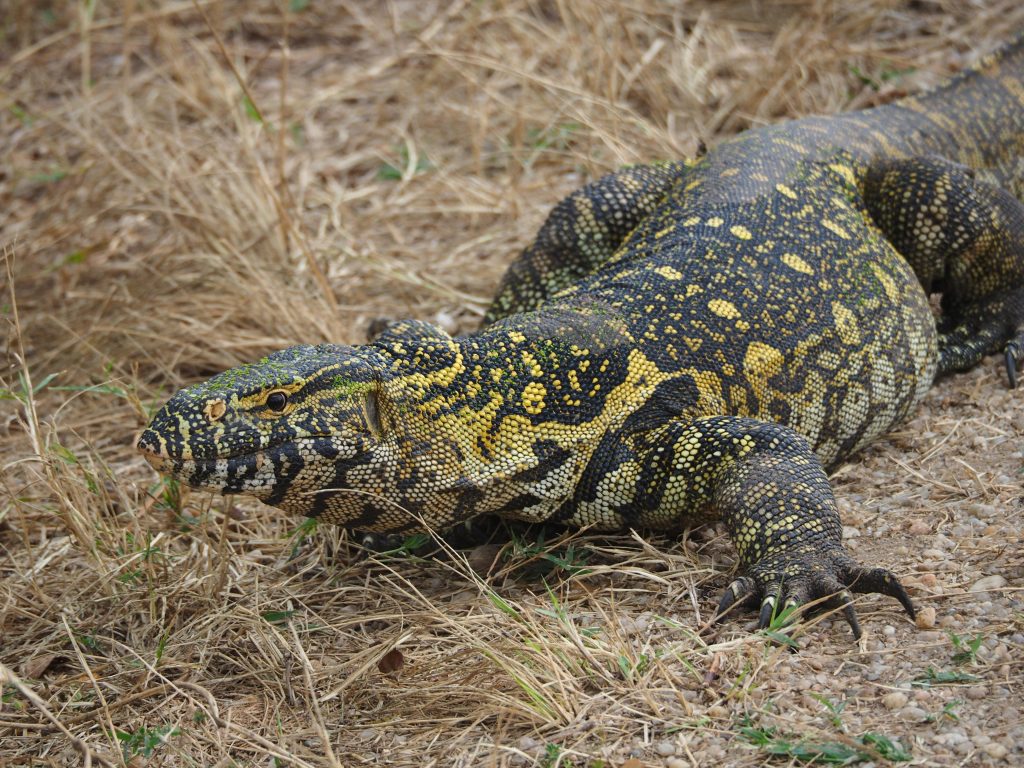
Why Choose a Nile Monitor?
Nile Monitors are not your average pet lizard. They are intelligent, active, and have a commanding presence that appeals to reptile enthusiasts who enjoy a challenge. However, they are not ideal for casual pet owners or those new to reptiles. Their size, strength, and demanding care requirements make them a long-term commitment that requires significant effort and resources.
If you’re an experienced keeper looking for a unique and rewarding reptile, a Nile Monitor might be worth considering. But for most, a smaller, more manageable species would be a better fit.
Handling and Temperament
Nile Monitors are known for their strong-willed and territorial nature. While they can be tamed with consistent effort, they are not naturally docile and can be challenging to handle.
Personality Variations
- Young Nile Monitors are often skittish and quick, making them difficult to handle.
- Adults can grow up to 6-8 feet in length and are incredibly strong, with sharp claws and powerful tails.
- Some individuals may become more tolerant of handling with regular socialization, but many remain defensive and aggressive.
Handling Tips
- Start Early: Begin handling when they are young to build trust.
- Be Gentle: Use slow, deliberate movements to avoid startling them.
- Protect Yourself: Wear thick gloves and long sleeves to protect against scratches and bites.
- Respect Their Space: Avoid overhandling, as this can cause stress and lead to defensive behaviors like hissing, tail whipping, or biting.
Biting and Defensive Behaviors
Nile Monitors have sharp teeth and powerful jaws, and their bites can cause serious injury. They may also use their tails as weapons, delivering painful strikes. While they are not inherently aggressive, they are highly defensive and will not hesitate to protect themselves if they feel threatened.
Overall: Handling a Nile Monitor is a challenging task that requires patience, experience, and caution. They are not recommended for those seeking a hands-on pet.
Care and Maintenance
Caring for a Nile Monitor is a monumental task. These lizards require a massive enclosure, a specialized diet, and precise environmental conditions to thrive.
Enclosure Setup
- Size: A fully grown Nile Monitor needs an enclosure that is at least 8 feet long, 4 feet wide, and 6 feet tall. Larger is always better.
- Climbing Space: Being semi-arboreal, they need plenty of vertical space with sturdy branches and platforms for climbing.
- Water Feature: A large, heated, and filtered pond is essential for swimming and soaking.
- Substrate: Use a deep layer of moisture-retaining substrate like coconut fiber or cypress mulch to allow for digging.
- Hiding Spots: Provide multiple hiding spots to help them feel secure.
Humidity and Temperature
- Humidity: Maintain moderate humidity levels (60-80%) by misting the enclosure regularly.
- Temperature: Provide a basking spot of 120°F and an ambient temperature of 85-90°F. Nighttime temperatures can drop to 75-80°F.
- Lighting: UVB lighting is essential for their health, as it helps with calcium absorption and overall well-being.
Feeding
- Diet: Nile Monitors are carnivorous and require a varied diet of rodents, fish, insects, and eggs.
- Supplements: Dust food with calcium and vitamin supplements to prevent deficiencies.
- Feeding Schedule: Feed juveniles daily and adults 3-4 times per week, adjusting portion sizes based on their appetite and activity level.
Overall: The care requirements for a Nile Monitor are extensive and expensive. They are not suitable for casual keepers or those with limited space and resources.
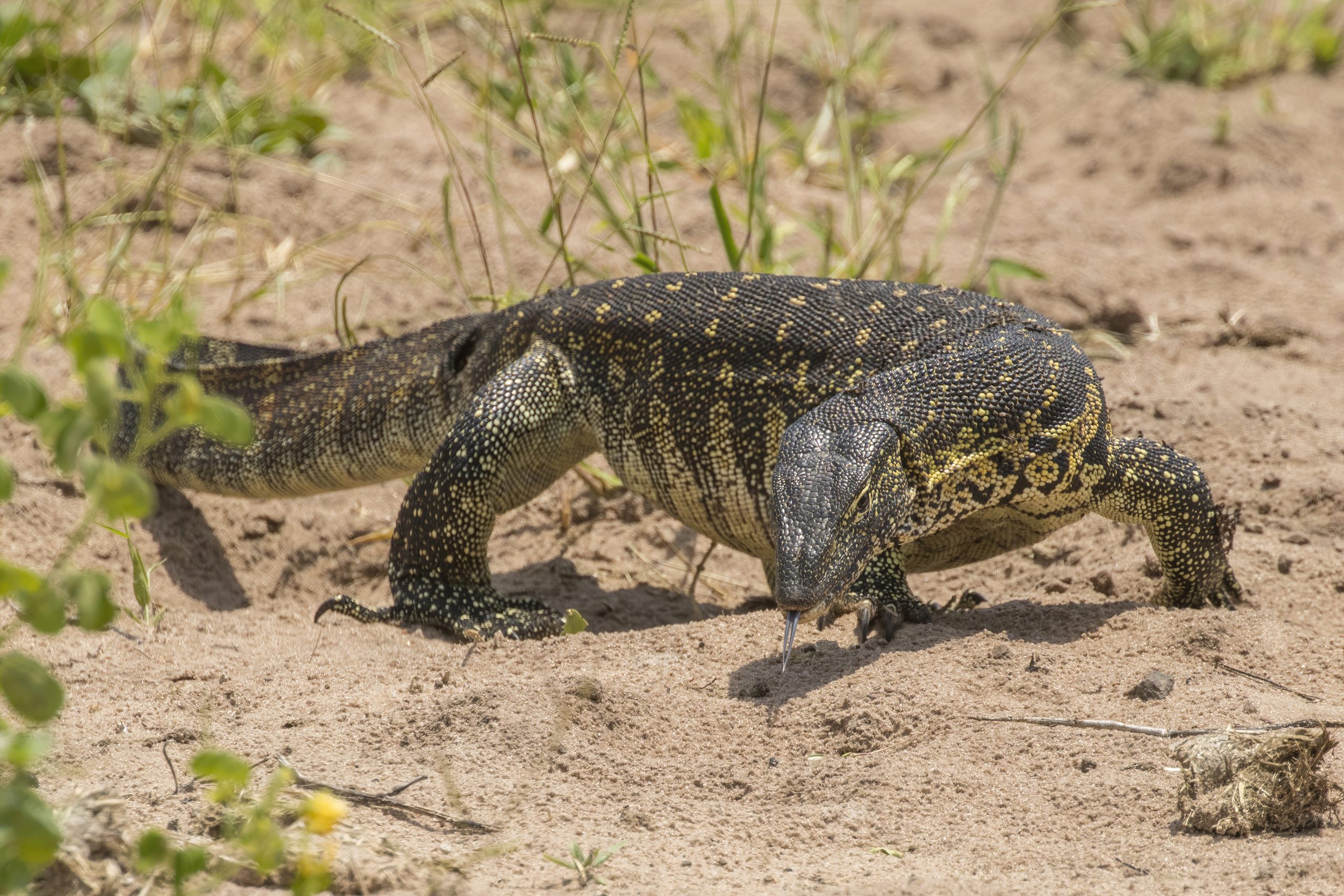
Health and Durability
Nile Monitors are generally hardy when provided with proper care, but they are prone to health issues if their needs are neglected.
Common Health Issues
- Metabolic Bone Disease (MBD): Caused by insufficient UVB exposure or poor calcium intake.
- Respiratory Infections: Result from inadequate humidity or poor ventilation.
- Obesity: Occurs due to overfeeding or a lack of exercise.
- Parasites: Wild-caught individuals often arrive with internal or external parasites.
Preventative Care
- Maintain proper humidity and temperature levels.
- Provide a balanced diet and clean water.
- Schedule regular veterinary checkups with a reptile specialist.
Overall: With proper care, Nile Monitors can live 15-20 years or more. However, their health depends on consistent, high-quality husbandry.
Availability and Cost
Nile Monitors are widely available in the pet trade, but their affordability often leads to impulse purchases by unprepared owners.
Where to Buy
- Breeders: Captive-bred individuals are healthier and easier to acclimate to captivity.
- Reptile Expos: A great place to meet breeders and see the animals in person.
- Pet Stores: Less ideal, as many stores sell wild-caught monitors with health and behavioral issues.
Cost
- Initial Purchase: $50 to $150 for a juvenile.
- Enclosure Setup: $1,000 to $5,000 or more, depending on size and complexity.
- Ongoing Costs: High, due to the need for UVB bulbs, heating, filtration, and a steady supply of food.
Overall: While Nile Monitors are affordable to purchase, their long-term care is prohibitively expensive for most people.
Pros and Cons
Pros
- Striking appearance and fascinating behaviors.
- Intelligent and interactive for experienced keepers.
- Long lifespan (15-20 years or more).
Cons
- Extremely challenging to handle and care for.
- Requires a massive enclosure and specialized equipment.
- High ongoing costs for food, lighting, and maintenance.
- Not suitable for beginners or casual reptile keepers.

Final Thoughts
Nile Monitors are undeniably captivating and can make a rewarding pet for experienced reptile keepers. However, their size, strength, and demanding care requirements make them a poor choice for most people. If you’re considering a Nile Monitor, it’s essential to thoroughly research their needs and ensure you have the space, resources, and expertise to provide for them.
For those seeking a more manageable reptile, there are many other species that offer similar appeal without the challenges of a Nile Monitor. Always prioritize responsible pet ownership and choose an animal that fits your lifestyle and experience level.
Have you owned a Nile Monitor? Share your experiences and tips in the comments below! We’d love to hear how you care for your monitor and what makes them special to you.
For more reptile care tips and reviews, stay tuned to our blog and don’t forget to subscribe to our newsletter! 🐊

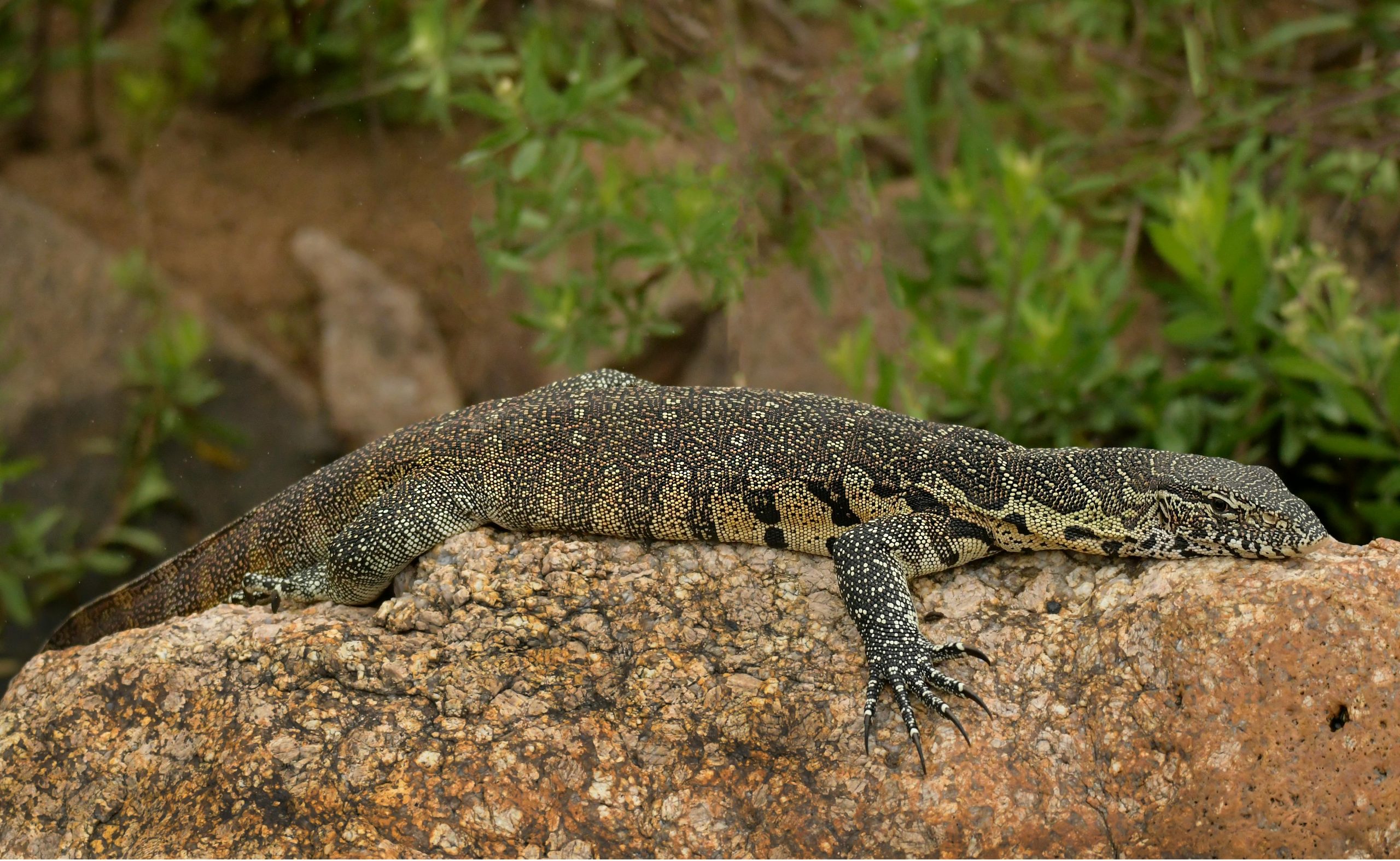

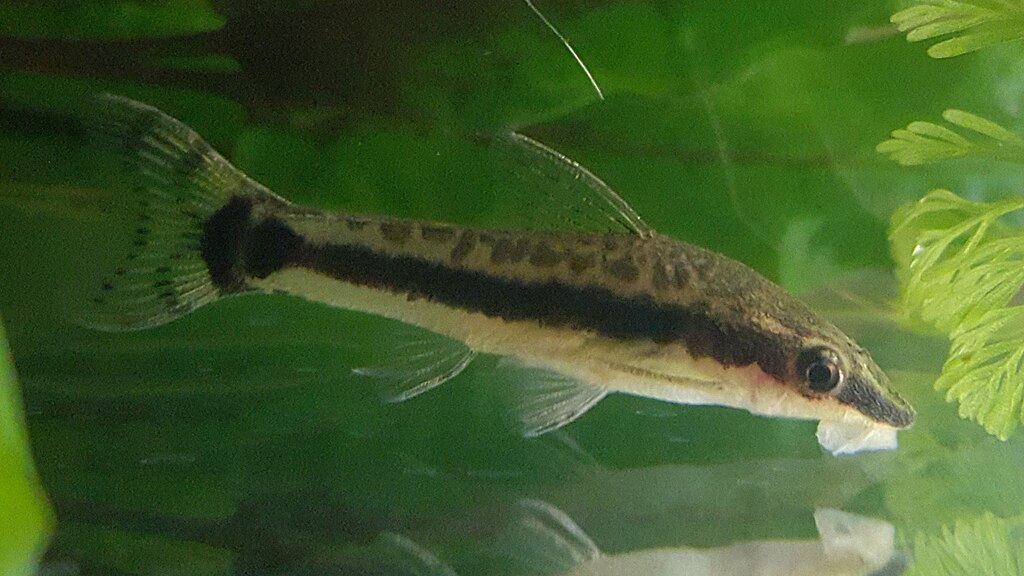

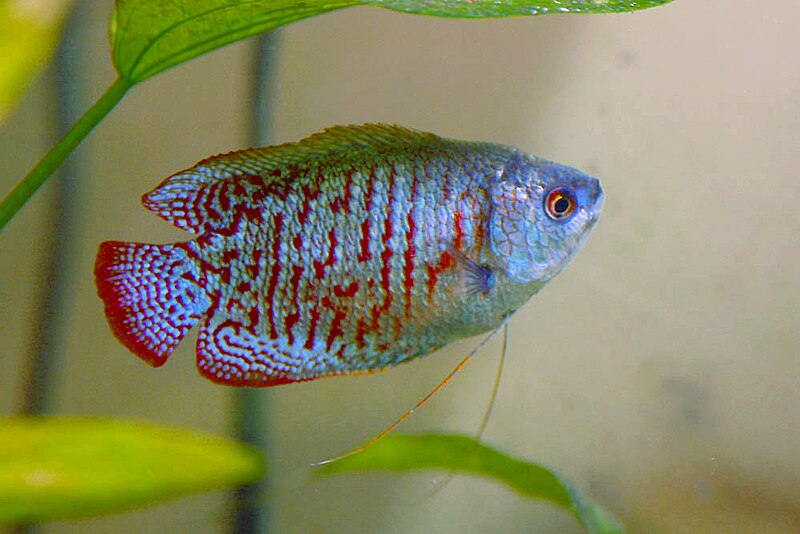

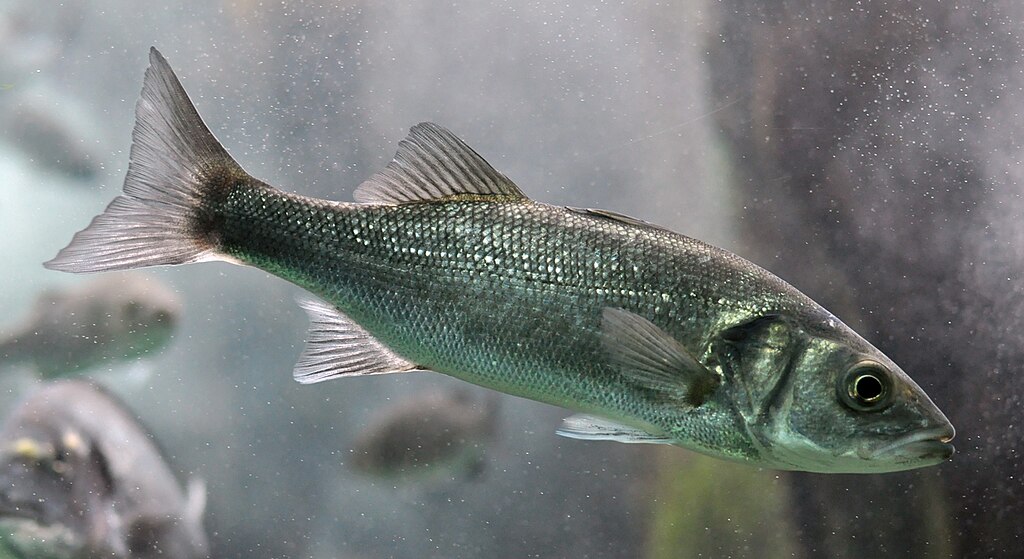
Leave a Reply